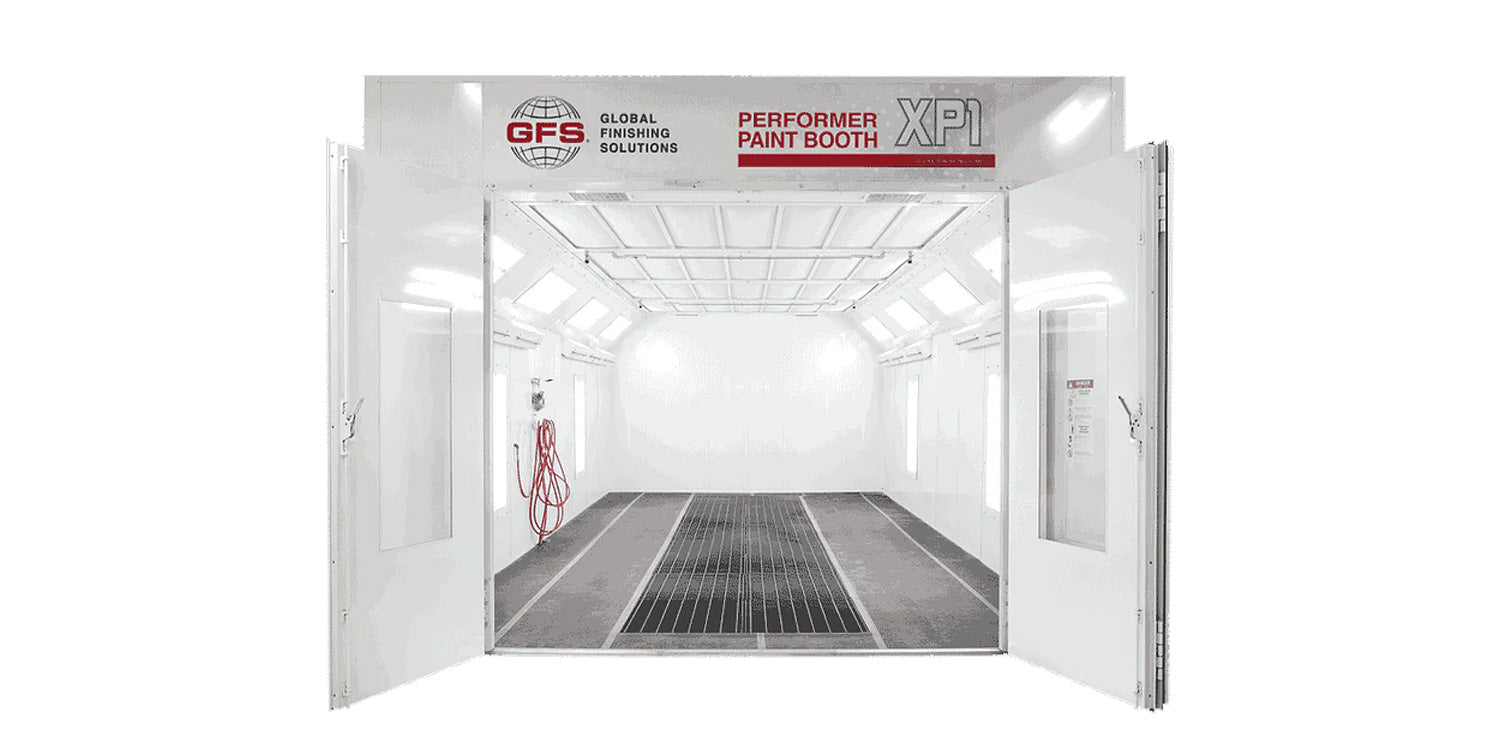Setting the correct temperature in a paint booth is more than a matter of preference; it's a precise science that impacts the quality and efficiency of your paint jobs. From automotive to aerospace applications, understanding the nuances of temperature settings is crucial for achieving flawless finishes. In this comprehensive guide, we delve into the ideal temperature settings for various applications, as advised by experts from Global Finishing Solutions (GFS).
Automotive Refinish Applications:
In automotive painting, throughput and profit are closely linked to proper temperature settings. For waterborne paints, a booth temperature between 70 and 75 degrees Fahrenheit, or 5 degrees above ambient temperature (whichever is greater), is recommended. Conversely, when using solvent-based paints, it's critical not to exceed the ambient temperature. This ensures the paint dries naturally without issues such as splotchy finishes or adhesion problems.
Curing Automotive Refinish Applications:
The curing process for automotive paints requires a minimum booth temperature of 55 degrees Fahrenheit. An increase in temperature can significantly speed up curing, with every 15-degree increment above 70 degrees doubling the curing rate, assuming 50% relative humidity.
Industrial Applications:
Setting the correct temperature for industrial paint booths is a complex task, varying significantly with the type of coating used. Waterborne coatings, for instance, can differ greatly between manufacturers. The most common temperature for painting industrial products lies between the high 60s and low 70s Fahrenheit.
Curing Industrial Applications:
When curing in industrial settings, it's crucial to consider the object's size and the environmental humidity, as these factors greatly influence drying times. For example, a large yacht will take significantly longer to dry than a small part.
Aerospace Applications:
In aerospace painting, temperatures between 70 and 75 degrees with 40 to 60 percent humidity are ideal for most applications. Stealth coatings require a narrow temperature range and specific humidity levels for proper adhesion.
Curing Aerospace Applications:
Aerospace parts must be cured at lower temperatures than automotive or industrial equipment, typically not exceeding 120 degrees. However, removed parts can be cured at higher temperatures, reaching up to 160 to 180 degrees.
Understanding and implementing the correct temperature settings in your paint booth is vital for achieving high-quality finishes across various industries. By adhering to these guidelines, you can ensure optimal results and efficient operations in your paint booth.
At HMFT, we pride ourselves on more than just selling top-quality products. We boast a team of technical experts intimately familiar with the products we offer. Beyond that, our trained service technicians are equipped with the skills and experience to handle installation, repairs, and routine maintenance, ensuring our customers enjoy the full potential and longevity of their purchases. Your satisfaction, backed by our expertise, is our commitment.

